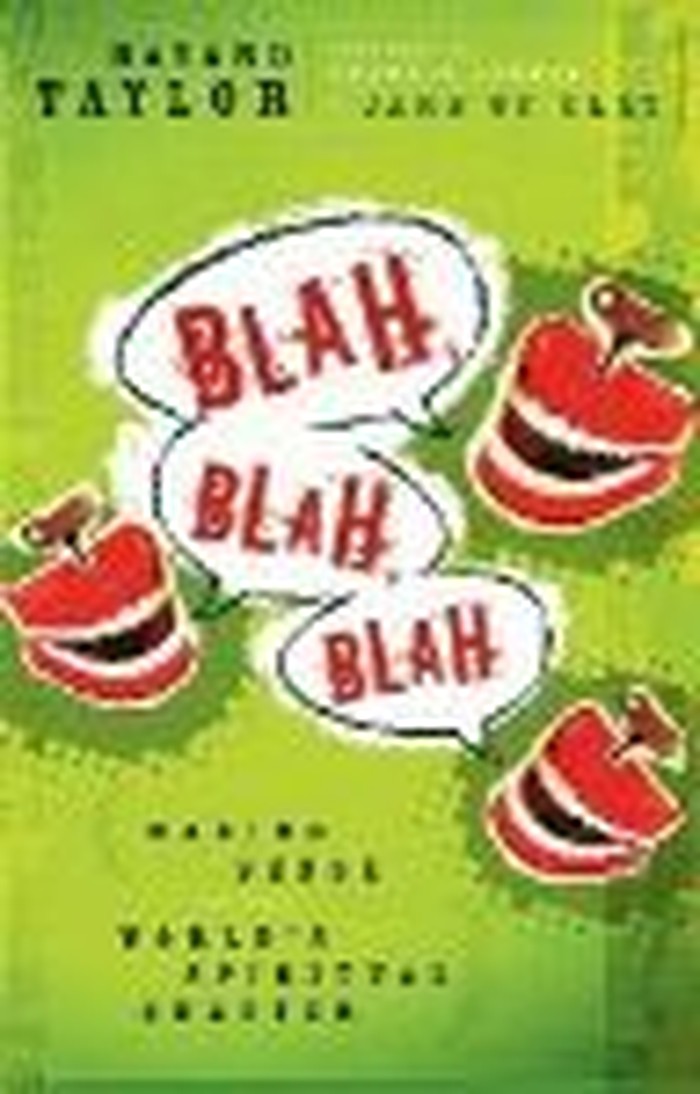Author Examines Why Christians Lose Faith After High School
- Matt Conner Infuze Magazine
- Published Jul 31, 2006

Author: Bayard Taylor
Title: "Blah Blah Blah"
Publisher: Bethany House
"Why do so many Christians apparently lose their faith after high school?" There are two main reasons, writes Bayard Taylor in "Blah Blah Blah," his foray into what he calls the "worldview zoo." The first reason is "beer, peers, and fear" – the culture of hedonism that prevails on most campuses.
The second reason he calls "the bubble." Many Christian teens grow up living in the bubble of Christian sub-culture. When they emerge from the bubble into the broader world – typically during the college years – they experience enormous tension and stress. At which point, bubble-dwellers take one of three paths. Many "chuck the Christian thing" (apostasy). Others keep believing "what they've always been taught" but close their minds to everything new and different, even if it might strengthen their faith (the "flat earth syndrome"). Meanwhile, "secret agent Christians" take their faith seriously, but view it as a private matter between them and God. Understanding worldviews, the author suggests, will help Christians in their teens and twenties emerge from the bubble into the marketplace of ideas with confidence. After all, Christians are called to be "fishers of men" – not baptized chameleons!
"Blah Blah Blah" has a number of strong points. First, the author stresses the importance of the mind in the Christian life without reducing the faith to intellectualism. Everyone has a worldview which is revealed by their actions (even if it is obscured by their verbal posturing). Knowing the truth means living the truth or else it means nothing.
Second, the author gives hundreds of examples of the ubiquity of worldview from the top-down, from the academic elite to popular culture and children's literature. Everyone knows that Darwin, Nietzsche, Freud, and Marx had their own well-defined intellectual agendas. But so did Stan and Jan Berenstain, authors of "The Berenstain Bears" series. Turns out that Actual Factual Bear in the "Bears' Nature Guide" is just a grizzlified version of Carl Sagan! ("The Cosmos is all that is, or ever was, or ever will be," Sagan famously intoned in his 1980s PBS show "Cosmos." In the "Bears' Nature Guide," published in 1975, Papa Bear says that we are part of Nature. Whereupon Actual Factual Bear gushes: "It's all that IS, or WAS, or EVER WILL BE!")
Finally, "Blah Blah Blah" boldly underscores the importance of fundamental mysteries of the Christian faith such as the Trinity. In fact, the author devotes an entire chapter of the book to the Trinity. The mystery of the Trinity is the hidden strength of the Christian worldview, giving it its redemptive power and emphasis on personal relationships. "If there were no Trinity," he asserts, "nothing worthwhile would remain of Christian faith."
Despite these strong points, "Blah Blah Blah" is nothing earth-shattering. It doesn't say much that hasn't been said before by others. The book's middle-aged author comes up with some creative monikers for academic concepts. (For example, he calls animism "the Haunted worldview," and pantheism the "Omnipresent Supergalactic Oneness" worldview.) But he tries too hard to connect with his intended audience, and that weakens this book's impact and staying power. Maybe it's just me, but he seems to have forgotten or willfully ignored what good teachers and parents and youth ministers know: The teenage and young adult crowd don't really want their elders to be hip and wild and "one of the gang." They want their elders to teach them what being a mature human being is really all about.





















